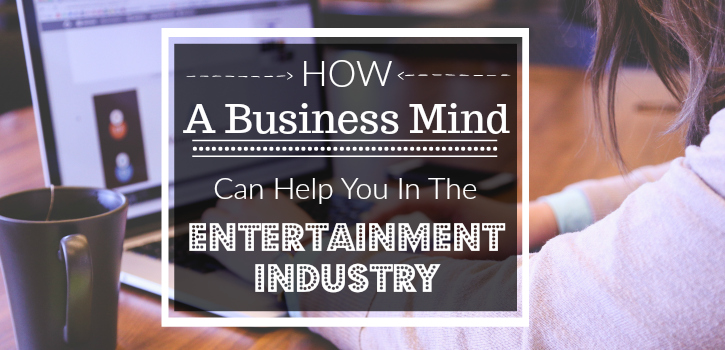
New Decade – New Year
The New Year and a new decade have begun! Thoughts of reinvention and feelings of excitement fill the air. This time of the year can often feel overwhelming. For me, I am in between apartments, jobs, and I just finished up my bachelor’s and am headed into a master’s program. Life has been a roller coaster.
It is no secret that the audio and music industry can be challenging, but as a young woman, I have definitely been feeling the pressure to find work and be successful. Something I am sure we all feel. There has also been a lot of talk amongst my friends and peers about depression and seasonal depression. It seems to flourish in the cold, dark months. I myself have been struggling with it. I wanted to do something proactive to combat these negative thoughts and emotions and to welcome in the New Year in a positive way. So I looked to my community for support and ideas.
Now, one thing you may not know about me is that I am the founder of the Michigan Technological University SoundGirls chapter. It is something I am incredibly proud of and sad to have moved away from. It’s okay though, I left it in good hands.
A few weeks ago, I emailed some of the members of this organization and asked them to fill out a short set of interview questions. Many of these young women I consider my family, if not friends. One response in particular not only brought me joy, but hope for a brighter future for all of us in this amazing, yet challenging industry.
Izzy Waldie is a first-year Audio Production major and the newly elected secretary of the Michigan Tech SoundGirls chapter. She is not only incredibly creative but also very good at STEM classes. Something I have to admit, I am not good at. Because she is still in her first year, I asked Izzy a few ice breaker questions.
Sarah: “So Izzy, what are you excited for or looking forward to in your time here at Michigan Tech in the visual performing arts department?”
Izzy: “I’m just really looking forward to doing more projects with people, and making stuff I’m really proud of.”
When asked about the university chapter specifically, she responded with;
Izzy: “Next semester I really want to do some creative projects with SoundGirls. We will be finishing up our movie project which will be really cool, but I want to do more projects. I was thinking of maybe just us recording a song. Nothing fancy, it could be just for fun, and we could do it with all the musicians in the organization. Now that I’m on the management board I really want to help head up some of these projects.”
When I was in my first year at Michigan Tech, I was one of two female students out of the two audio programs. Now, those numbers have been multiplied by at least five. The fact that there is an organization where students can go, create things together, learn and refine their skills, all while being supportive of each other, makes my heart melt. It reminds me that life isn’t always a challenge. Their excitement makes me excited.
Sarah: “Recently you said you don’t know what you are doing and I wanted to talk to you a little bit more about that. It is my opinion that you don’t need to know exactly what you are doing and it is more important to know what you don’t want to do. By exploring different areas and avenues, you are figuring out what you are doing or at least what you want to do. What are some things that you are exploring, interested in, or new things you might want to try out?”
Izzy: “I’ve definitely realized that what you already know isn’t as important as how willing you are to learn. I still don’t know what I’m doing, no one ever knows 100% what they’re doing, but I definitely have learned a lot this semester. I’ve seen this the most working at the Rozsa (The Rosza Performing Arts Center), I had basically no experience at first, but now I’m working the sound and lighting boards pretty confidently. One thing I really want to get more into is recording. I’ve helped out with some other people’s projects and would like to work more creatively with it.”
Izzy made the observation that most students might overlook. What you already know isn’t as important as how willing you are to learn. Not only was she a student in the organization I was president of, but I was also a teaching assistant for one of her classes. This statement is a testament to how she is as a student and how she approaches learning situations. It is an excellent characteristic to have for the industry that she is headed into.
I was feeling revitalized by the end of our conversation. I had received new hope, excitement, and appreciation from talking with Izzy. To finish out the conversation I asked her something a little more personal.
Sarah: “Tell me something good that happened this semester in our department that you will remember for a while, that makes you smile?”
Izzy: “This semester was awesome. Never did I think I’d be so involved as a first-semester student. One of the best parts for me was working on the haunted mine. (A project that the visual performing arts department collaborates with the Quincy Mine owner on every Halloween). We were down there for a really long time but the idea was really cool and so were the people. I also really liked working in the different groups on the audio movie project. I made a lot of friends while working on this project and our Dr. Seuss The Lorax audio movie ended up being pretty fun to make. I remember one time, at like midnight a bunch of us were in Walker Film Studio working on one of the audio movies while passing around a 2-liter of Dr. Pepper.
Izzy’s responses were wholesome and honest. To me, she has a perspective that exceeds her age. It was a nice reminder when faced with the daunting challenges of moving to a new area, finding work, and starting anew. It was a reminder of why I chose this career field. I chose it for the exciting new projects, learning new things, and working late into the night with people you hardly know, but will soon feel like family to you.
Though our conversation had ended, I was feeling myself again and that was because of the connections and relationships I had made through our little SoundGirls chapter. At the core of SoundGirls, you will find this kind of understanding from its members. We are here to listen to one another, remind each other of why we are here and doing what we love, and create an environment that welcomes all who are seeking opportunities and support. I wish you all a prosperous and happy New Year.


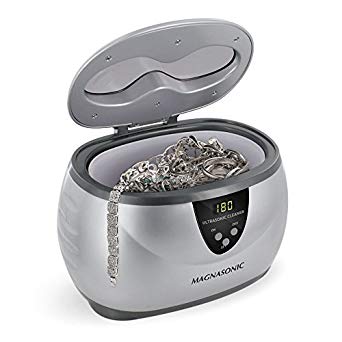
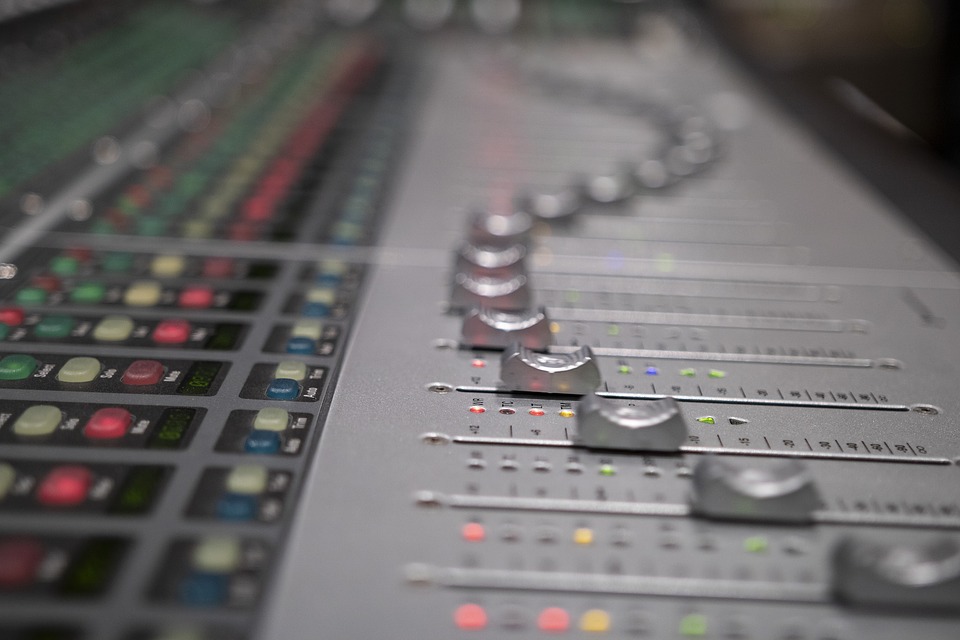
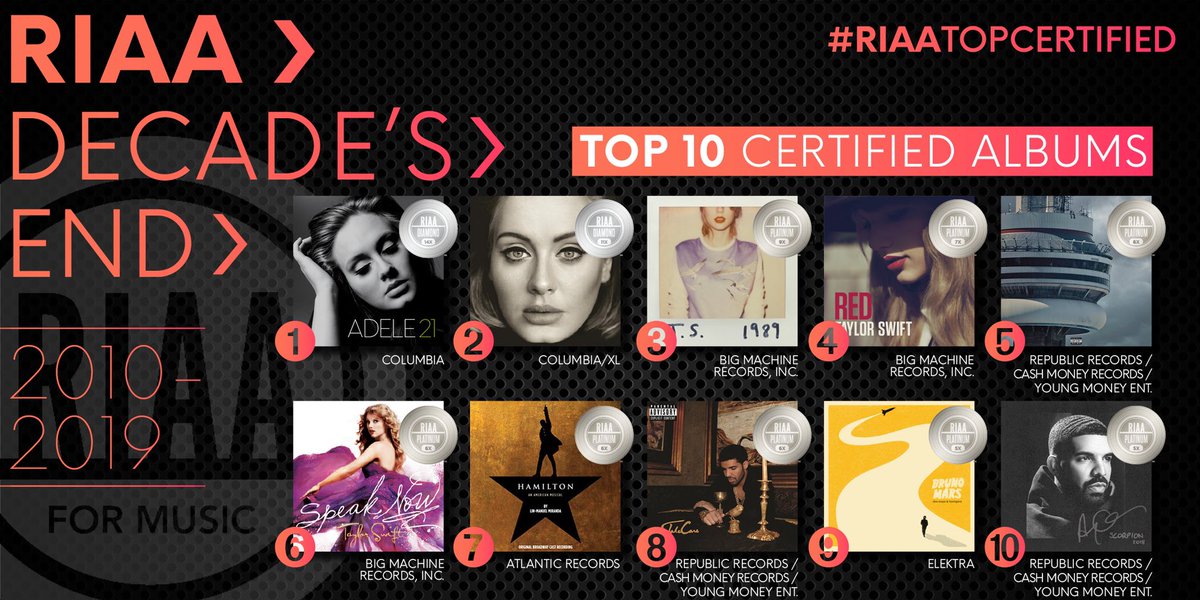


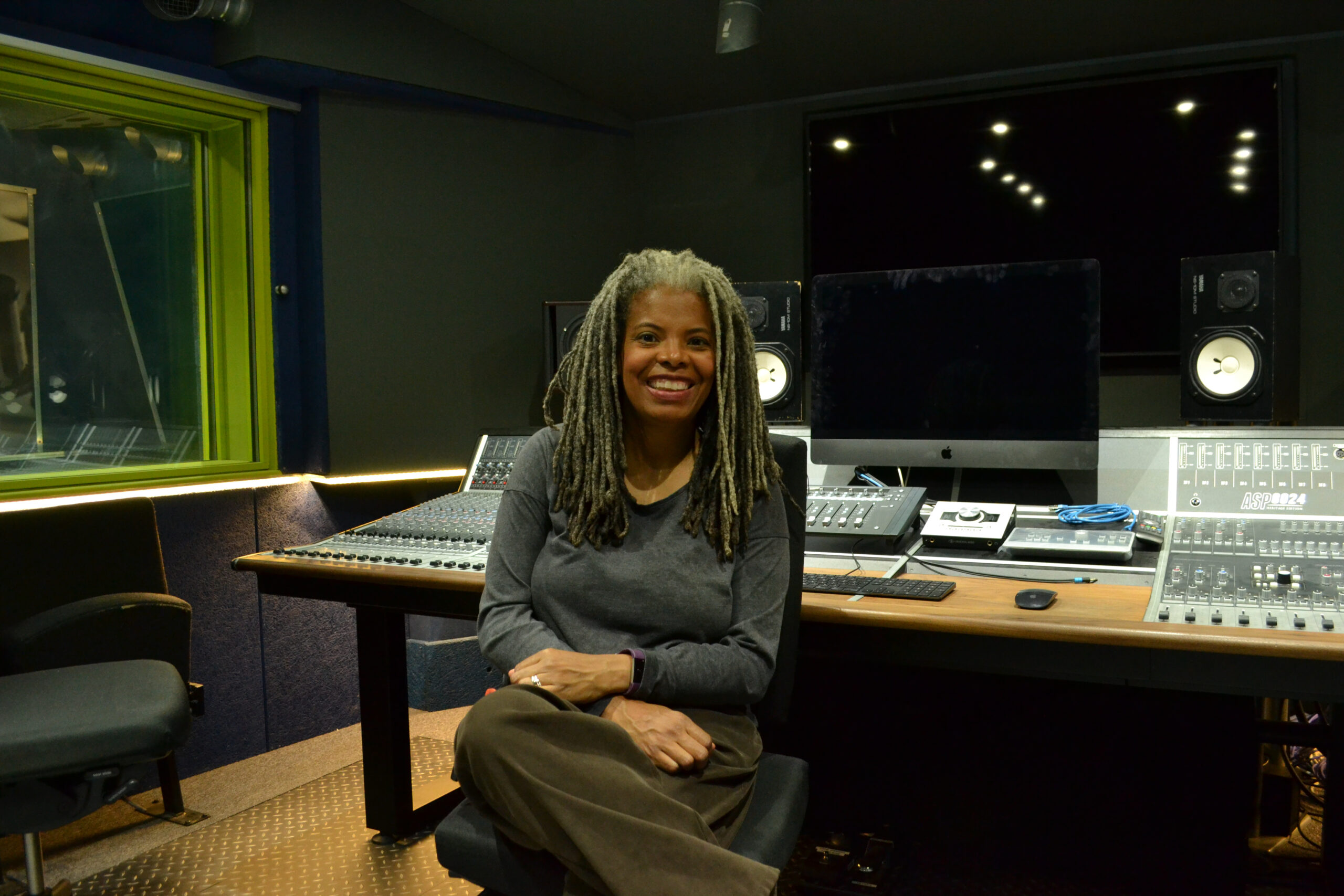

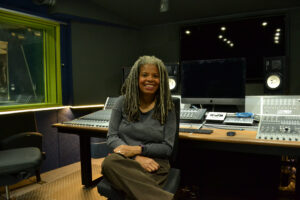
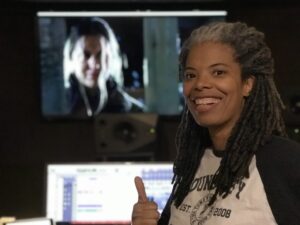

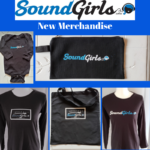 We just got some new merch in. Long Sleeves, Onesies, Toddlers, Gig Bags, and Canvas Totes. Check it out Here
We just got some new merch in. Long Sleeves, Onesies, Toddlers, Gig Bags, and Canvas Totes. Check it out Here